Why Does Spring 2026's Biggest Trend Feel So Complicated?
Hip-enhancing styles have been all over the runways. Meanwhile, women are pressured to get smaller.
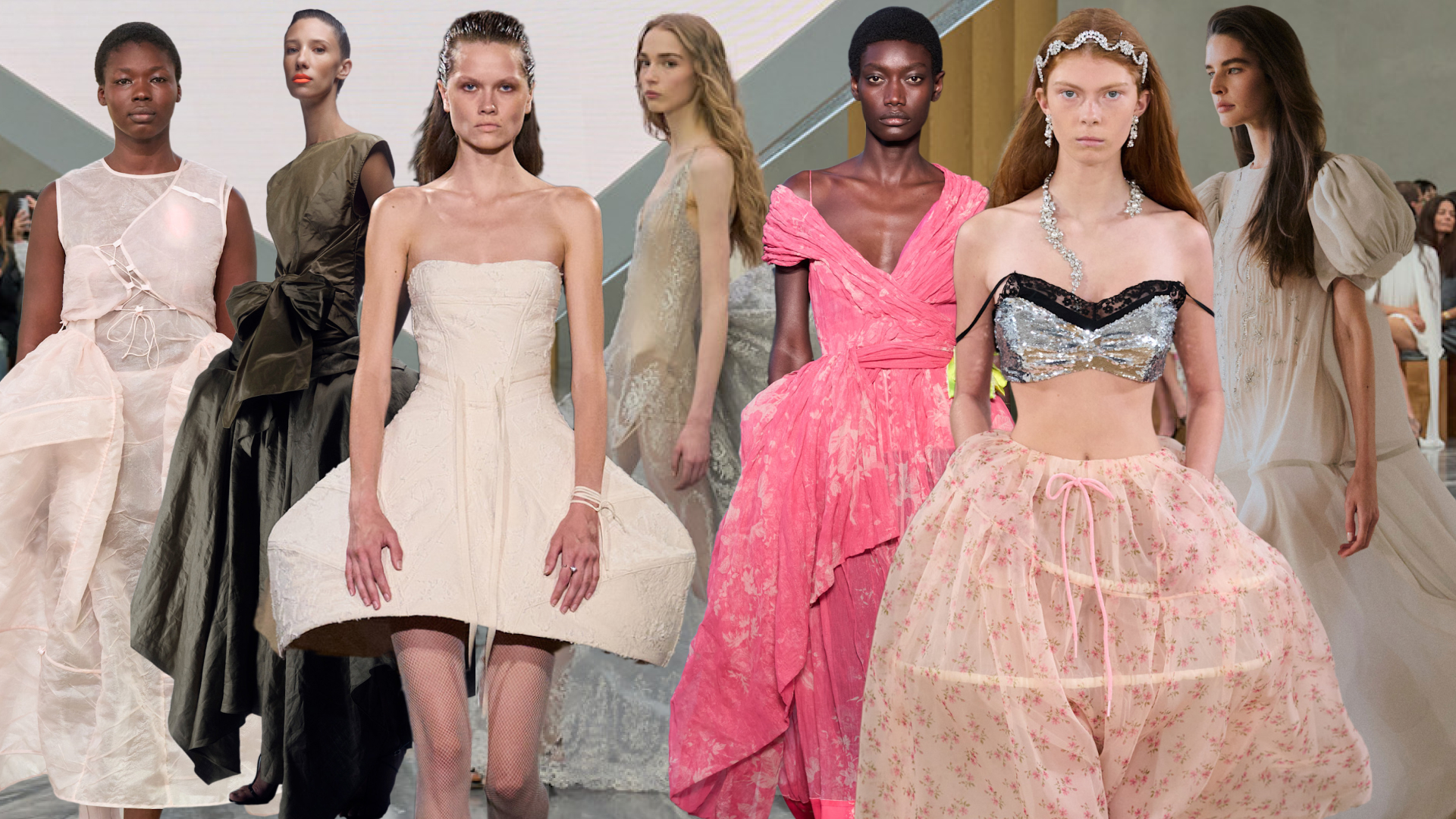

When I first saw a hoop skirt wobble past me on a Spring 2026 runway—at Tibi, one early morning in September—I didn't think much of it. I figured it would be a one-off, the brand's way of experimenting with form and shape for a new season.
Then came the second, the third, and the fourth. Hoop skirts teetered out in collections across London, Milan, and Paris—in semi-sheer florals and gauzy creams, accompanied by hip-enhancing panniers that could knock over a bystander. All of a sudden, I felt like I'd fallen sideways through time and into Las Meninas, the seventeenth-century painting of Spanish nobility by Diego Velázquez, where guardainfantes (skirts that are flat in front and long on the sides) are the front-and-center uniform. All these years later, the look is back.
From up-and-comers like Julie Kegel and Meruert Tolegen, to industry stalwarts like Dior and Dries Van Noten, designers are drawing a silhouette for Spring 2026 that greatly exaggerates the hips. Whether they're crafted from featherlight tulle (at Cecilie Bahnsen) or sculpted from layers and layers of tweedy fabric (in a show-closing look at Bottega Veneta), this season's skirts jut out at extreme right angles, creating a déhanché effect at an exponentially larger scale.
It's obvious that the bodies wearing them aren't of the same proportions. There's emphasis on an extra-large curve without one necessarily existing underneath. In other words: These hips do lie.
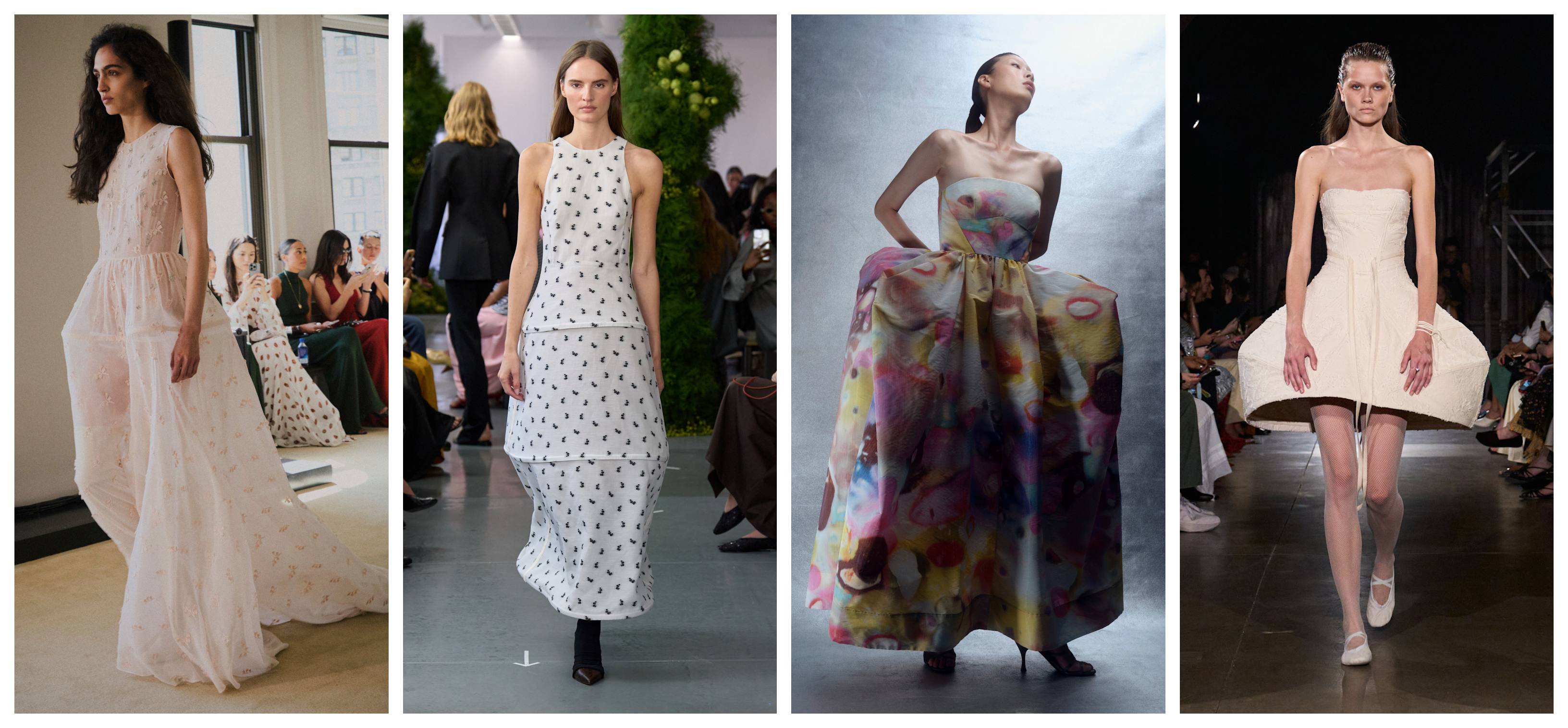
From left: Altuzarra, Tibi, Christopher John Rogers, Meruert Tolegen
The charitable read is that these are an interpretation of "taking up space": a way for women to assert their autonomy by wearing a shield against the rest of the world and keeping everyone else at a double hip's distance. But examined in the context of 2025—a moment when size inclusion on the runway is declining, the conversation around body positivity has seemingly stagnated, and usage of rapid weight-loss drugs is on the rise—the message in these pieces can feel much more complicated.
The shapes designers are referencing for the women of now are centuries old. Some of the first known panniers arose in seventeenth-century Spain, evolving from a conical hoop skirt prevalent the century before, according to Daniel James Cole, adjunct assistant professor in the Fashion Department at FIT. In past uses, the size and shape indicated hierarchy: The higher the social status (and the formality of the occasion), the bigger the skirt.
By the mid-nineteenth century, silhouettes had evolved to resemble what's generally accepted as the idea of a hoop skirt. With internal curved supports beneath a broad swathe of fabric, "women could achieve volume but not be hampered by layers of petticoats," says Nancy Deihl, historian of fashion and chair of the Department of Art and Art Professions at NYU's Steinhardt School of Culture, Education, and Human Development.
Get exclusive access to fashion and beauty trends, hot-off-the-press celebrity news, and more.
Similar to the panniers, hoop skirts were all about conveying status and gentility. "[I]t could be said that the intent was really volume and what was seen as elegance at that time," Deihl says. "Because the hoop skirts were really empty underneath, they swayed like bells and were reportedly seductive and a bit revealing in their own way."
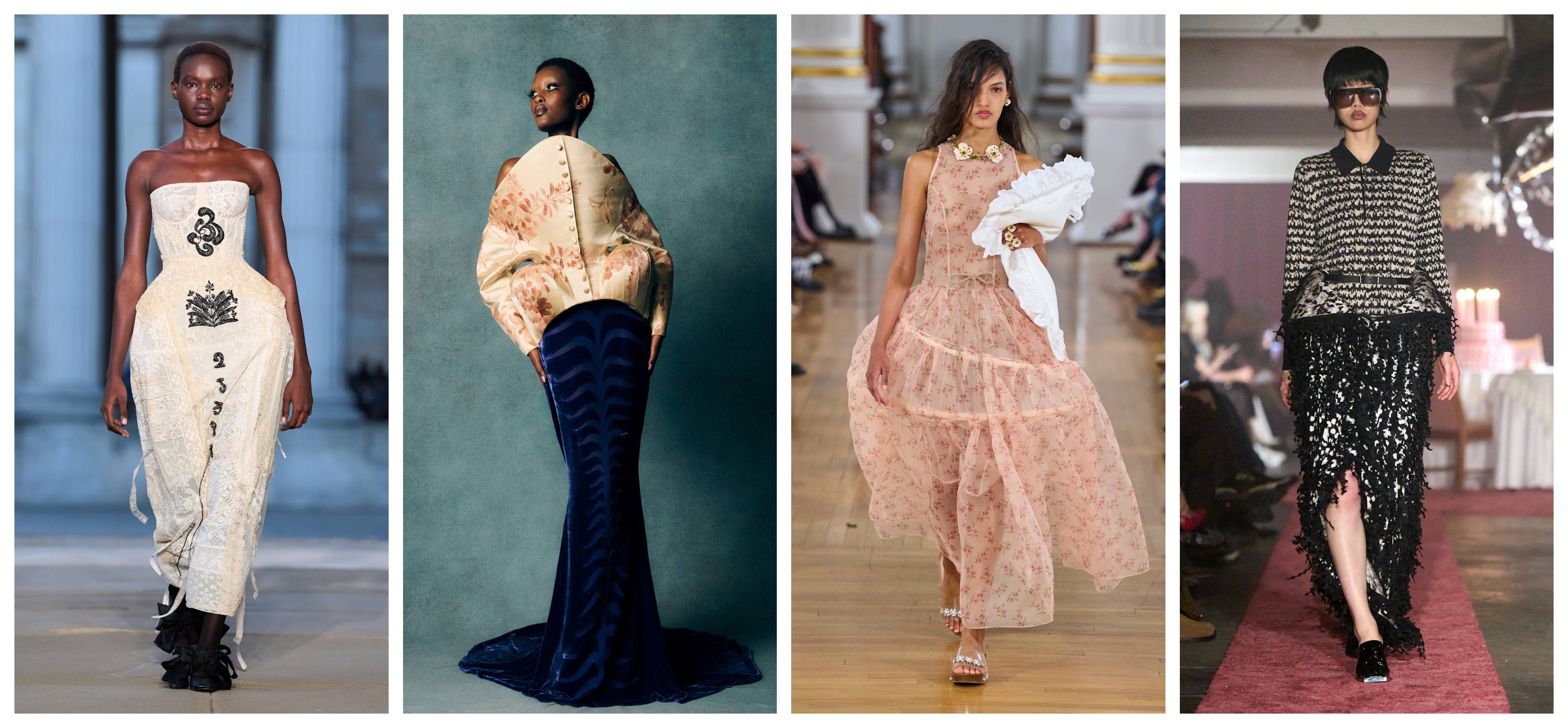
From left: Erdem, Harris Reed, Simone Rocha, Maximilian Raynor
In other words: The shapes we're seeing on the runways now were originally meant to evoke the female form without showing it. But as times and mores shifted—and women could wear fewer and fewer layers—their presence waned.
"I think they fell out of fashion because the awkwardness of them was antithetical to the changes of the modern world," Cole says. "The modernization of fashion that occurred at different points of the twentieth century was not in keeping with something of this nature."
"It's not hard to imagine why they only seem historic, since such styles are not very well suited for modern life—other than for the bridal market and red-carpet extravagance, when the only activity is to be seen," Deihl adds.
Cole points out a few houses, like McQueen under Sarah Burton's direction, plopped the occasional extra-large skirt into their twenty-first century runways. And fashion has historically shown an enduring fascination with shapes in a catwalk context. The prevalence of hoop skirts en masse in this season, however, is a shift—or, at the very least, a progression of a body modification moment of sorts.
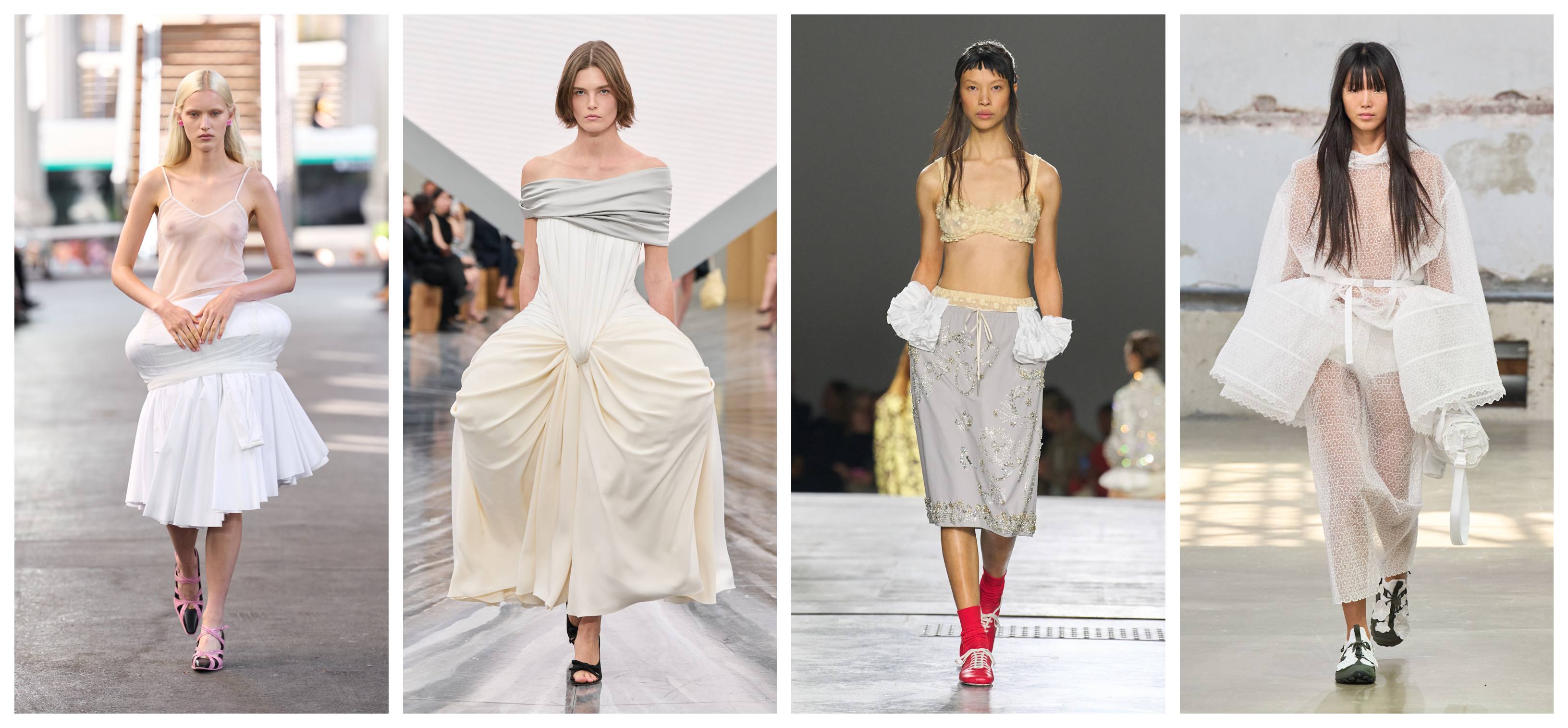
From left: Julie Kegels, Dior, Dries Van Noten, Cecilie Bahnsen
For Fall 2025, designers like Alaïa and Schiaparelli introduced sculpted blazers with extra nipped-in waists and tubular hip extensions. While curved clothing prevailed, though, bodies with curves have disappeared: According to a Vogue Business study, size inclusivity on the runway reached an all-time low last season.
Official casting numbers from Spring 2026 haven't been tallied up across the markets yet. But observationally, the hoop skirts and panniers we're seeing on the runways are being modeled by one, sample-sized body type.
It suggests that, with the right garment, anyone can simply cosplay as curvy, putting on this silhouette then taking it off when they're done.
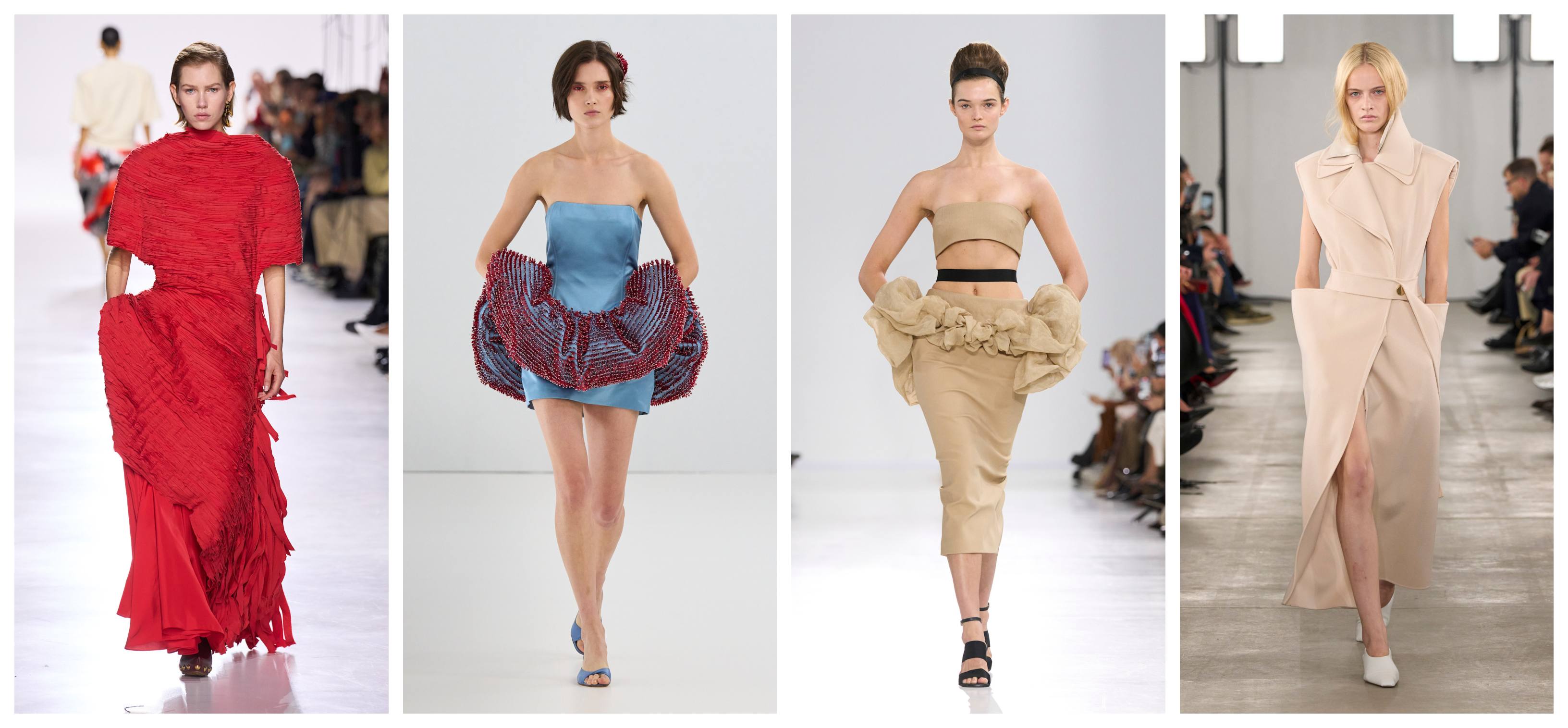
From left: Bottega Veneta, Vivetta, Max Mara, Sportmax
Maybe in another era the return of voluminous skirts would feel like wearable empowerment; an assertion of presence that grows in tandem with the skirt's circumference. The likelihood of these pieces going anywhere but a magazine editorial are also slim—most designers only produce the more commercial-friendly pieces from their collections in the end. But in a cultural moment when the pressure for women to shrink their bodies is so pervasive, even seeing this Spring 2026 trend feels more like a lot of hot air.
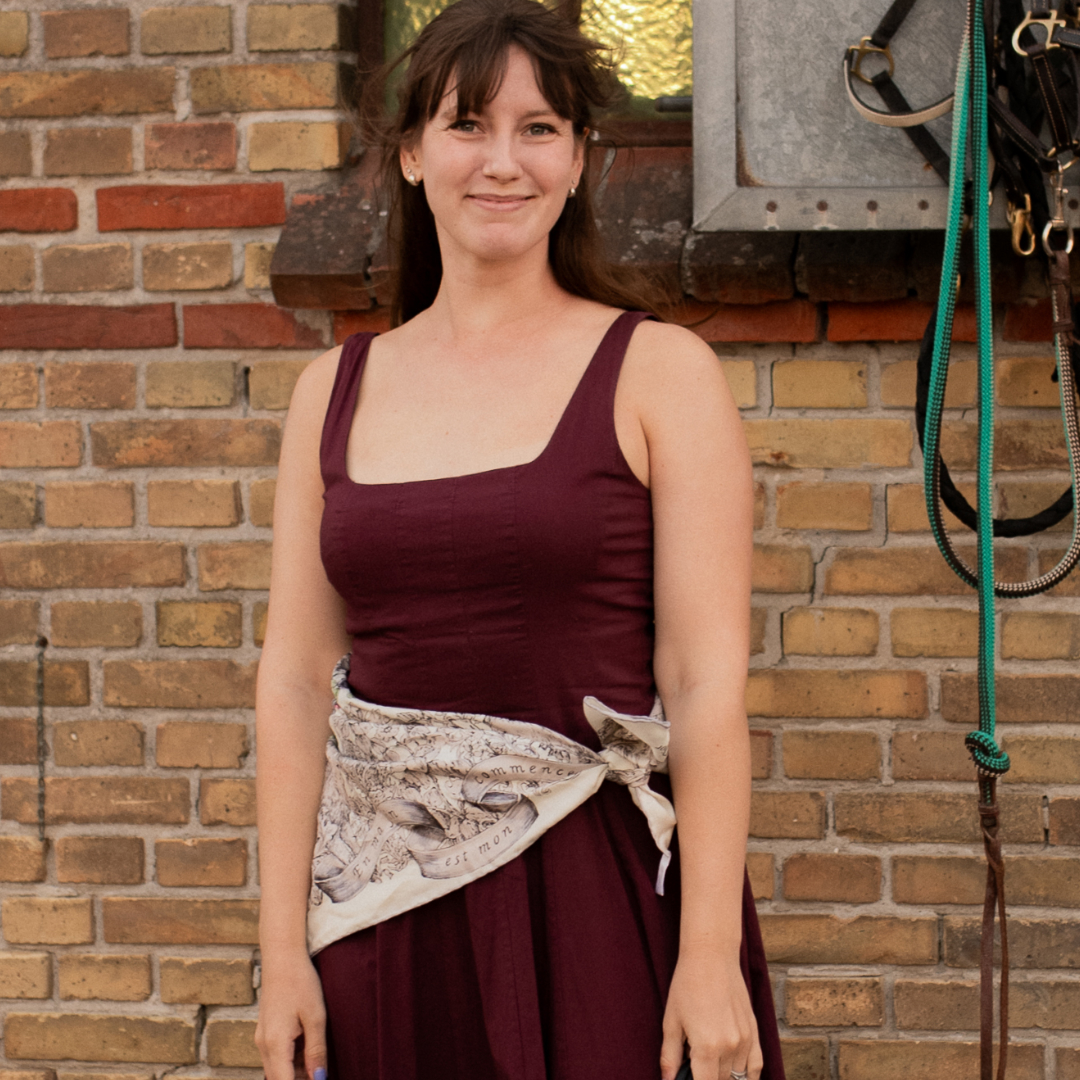
Halie LeSavage is the senior fashion news editor at Marie Claire, leading can't-miss coverage of runway trends, emerging brands, style-meets-culture analysis, and celebrity style (especially Taylor Swift's). Her reporting ranges from profiles of beloved stylists, to breaking brand collaboration news, to exclusive red carpet interviews in her column, The Close-Up.
Halie has reported on style for eight years. Previously, she held fashion editor roles at Glamour, Morning Brew, and Harper’s Bazaar. She has been cited as a fashion expert in The Cut, CNN, Puck, Reuters, and more. In 2022, she earned the Hearst Spotlight Award for excellence in journalism. She holds a bachelor’s degree in English from Harvard College. For a closer look at her stories, check out her newsletter, Reliable Narrator.